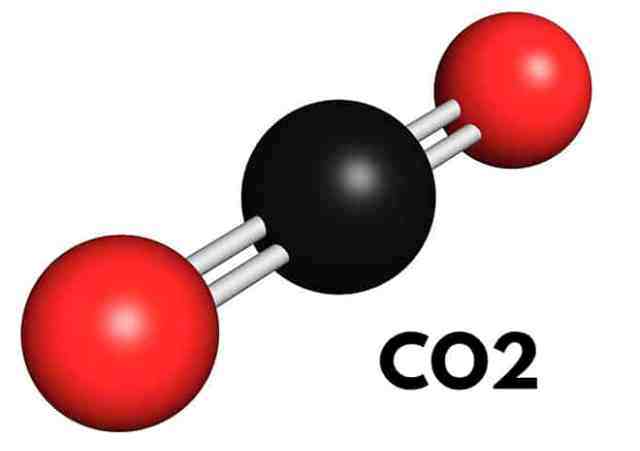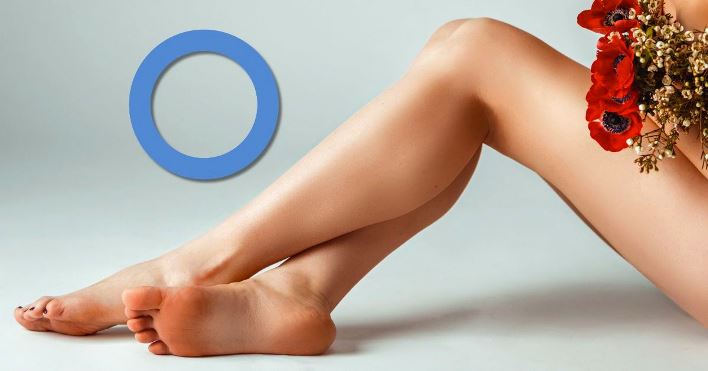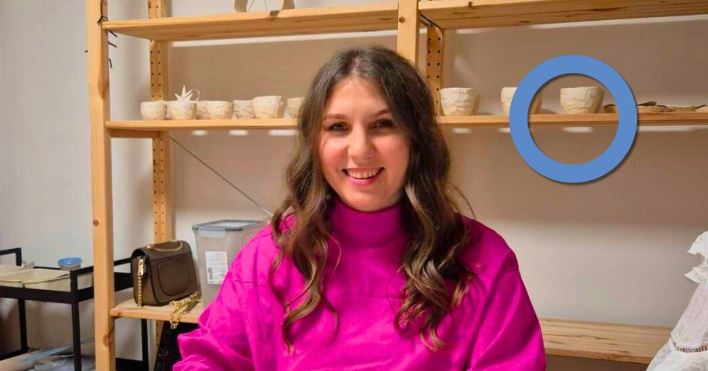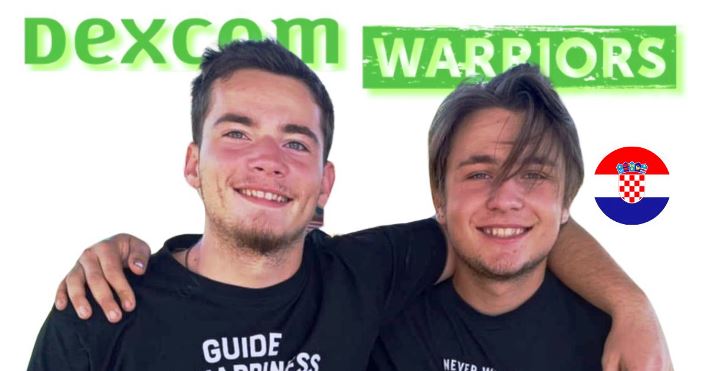The goal of diabetes treatment is to prevent and/or delay the onset or progression of micro- and macrovascular complications.
Among macrovascular complications are peripheral artery disease (PAD), coronary artery disease and cerebrovascular disease, while microvascular complications include diabetic nephropathy, retinopathy and neuropathy. Diabetic foot is often the result of a combination of neuropathic and micro- and/or macrovascular changes.
Microvascular disease (MVD) is an independent risk factor for the development of diabetic foot ulcers and amputation, and it synergistically increases the risk of adverse lower-extremity outcomes together with PAD. According to statistical data, people with diabetes who had only microvascular disease accounted for 18% of all amputations, those with PAD alone for an average of 22%, while the combination of MVD and PAD was responsible for 45% of all amputations.
According to the latest statistical reports from the International Diabetes Federation (IDF), it is estimated that today 451 million people worldwide live with diabetes, of whom a quarter have developed PAD, and as many as a quarter of patients eventually undergo amputation. Therefore, this complication carries a high rate of mortality, morbidity and undoubtedly contributes significantly to the cost burden of diabetes treatment. Unfortunately, Croatia also reports similar numbers. According to the Croatian Central Health Information System (CroDiab registry), 1,626 amputations were recorded in 2022.

The peripheral vascular rehabilitation system, the PVR system, is a medical device developed to address the consequences of microvascular disease in people with diabetes by improving blood flow and preventing the formation or accelerating the healing of diabetic foot wounds.
The basic principle of this medical device is based on the non-invasive application of 99.9% pure carbon dioxide through the skin of the lower extremities, and it proceeds simultaneously in three steps:
- vasodilatation;
- the Bohr effect;
- increased local concentration of vascular endothelial growth factor (VEGF);
This enables the growth of new blood vessels. Initially, the process leads to a short-term reduction of oxygen in the tissues, followed by, according to the Bohr effect, the release of a greater amount of oxygen from blood vessels into tissues. These processes stimulate vasodilatation and reactive hyperaemia, significantly increasing blood circulation (up to sixfold) in the lower extremities. With repeated CO₂ rehabilitation cycles, neoangiogenesis occurs: the formation of new circulation, especially capillaries, which prevents the formation and facilitates the healing of foot wounds in people with diabetes.
The effectiveness of this method has been shown in several clinical studies, the most notable being a randomized, double-blind clinical trial. One group included 21 participants whose foot wounds were treated with the PVR device using CO₂, and the other, control group included 22 participants whose wounds were exposed to standard dry air flow for up to one month or 20 CO₂ treatments. The average age of participants was around 65 years in both groups, and the majority were men, mostly with type 2 diabetes with ischaemic and neuropathic bases of injury/wounds.

The group of participants treated with CO₂ showed complete wound healing in 66% of cases, while in wounds that did not completely heal within four weeks, reductions in surface area of about 96% and depth of about 99% were recorded compared to the control group, in which no wound completely healed, but surface area and depth decreased by 25% and 27%, respectively. Collectively, the study indicates that the clinical application of the PVR system with CO₂ would lead to an increase in foot blood circulation (sixfold), using a non-invasive approach and without adverse side effects.
Similar results were reported in earlier clinical studies with a larger number of participants, where it was observed that after 6–14 days of CO₂ treatment, newly formed fine granulation tissue and improved microcirculation could be measured.
Conclusion
Compared to all other methods for improving peripheral circulation that have so far been introduced to the market, the closed CO₂ circulatory system currently appears to be the optimal solution for – if not the complete resolution, then at least the improvement of microcirculatory peripheral disorders in people with diabetes, including neuropathic symptoms.
Although they are often mistakenly viewed in a separate light, neuropathic symptoms (diabetic sensory, motor or combined neuropathy) are in fact a consequence of microcirculation damage, which leads to the development of diabetic foot, which is then prone to the development of diabetic ulcers and subsequently fatal consequences for the individual, society, and treatment costs associated with a questionable quality of life.
Author: Kristina Blaslov







